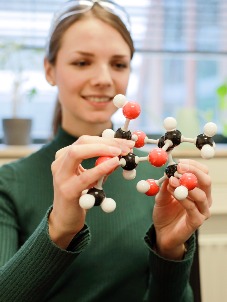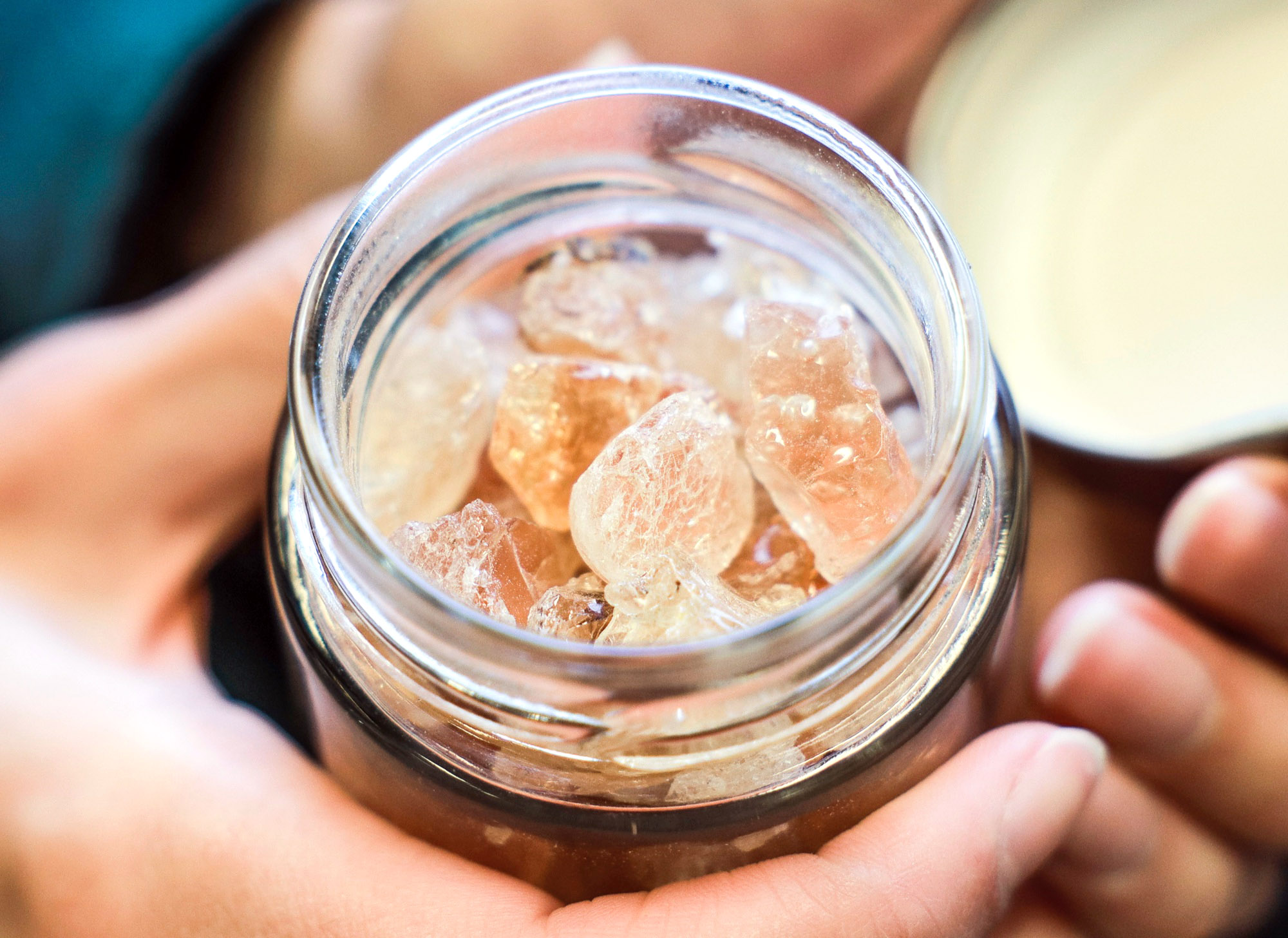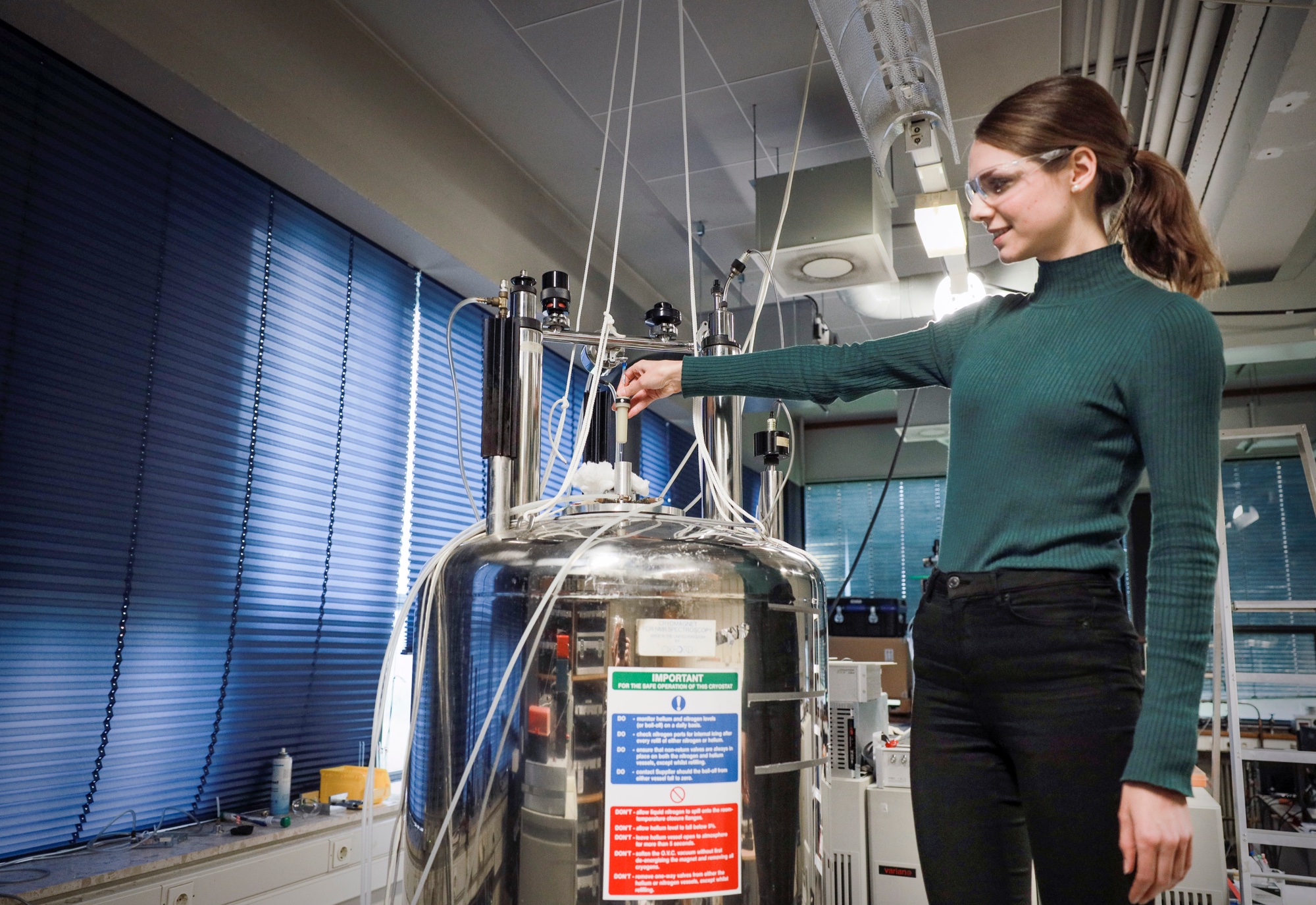The quest for the perfect paint
Walls, furniture, spectacle lenses…. almost everything around you is painted or coated. Water-based paint is increasingly becoming the norm, but even this paint is not entirely free from components made of oil. Hanneke Siebe is working on a fully sustainable paint based on gum arabic.
By Hanneke Siebe
Paint is all around
When you look around you, there is a good chance that you will see something that is painted or coated. Walls, floors, the surface of your desk, the lenses of your glasses – many objects have been treated with a coat of paint or varnish to protect them against corrosion and wear, and/or to make them look prettier. A protective coating helps to lengthen the lifespan of products. We prefer to use water-based paint, because this dries quickly, does not smell as strongly, and because water is a solvent that does not damage your health. The biggest disadvantage of this paint, however, is that it contains ingredients that are extracted from fossil oil. And fossil oil is one of the resources that we no longer want to use for various reasons, for example because it is not renewable. Unfortunately, there is currently no good commercially available, fully sustainable alternative for the existing water-based paint.

Joint quest
In my PhD research, I collaborate with various companies and universities in the ARC-CBBC consortium. One of the topics that this consortium works on is water-based coatings. My research focuses on water-based paint, more specifically on how to make a new type of plant-based, water-based paint. I regularly consult with enterprises such as AkzoNobel and researchers from other research groups to exchange knowledge.
What is paint?
Before you can start developing a new paint, it is important to know exactly what paint is. Paint in its current form mainly consists of three elements: a solvent, colouring agents or pigments, and a binding agent. The binding agent is particularly important, as this enables the pigments to mix thoroughly with the solvent when the paint is liquid, and the colouring agents to thoroughly stick to the surface once the paint has been applied. It is this important component, the binding agent, which in water-based paint is made from non-renewable resources. This is the component that my research mainly focuses on.

Gum arabic
My project consists of creating a new type of water-based paint from plant-based raw materials, using gum arabic as a binding agent. Gum arabic is extracted from two species of the acacia tree and is a renewable resource that is very well soluble in water. It can be safely used, and it is even edible: the food processing industry uses it as an ingredient in chewing gum, liquorice, and ice cream. The use of gum arabic as a binding agent for colour is also long known. The Egyptians and Romans used it to make ink, and nowadays it is an important ingredient in gouache and watercolour paint. So what is so new about the paint I want to make?
Extra property: robust drying
My paint will have an extra property that current paints containing gum arabic do not have, because we want the paint to work just as well as existing commercial paints. These paints undergo a chemical reaction during the drying phase, which causes the properties of the paint to change so that it no longer dissolves in water once it is dry. This is useful because it creates a more robust coat that cannot easily be rinsed off. I want to add this property to my own paint too: we are creating a paint that is made from safe, renewable resources that, once dried, will be just as durable as the paints that are commercially available today.
Our approach
Our approach is as follows: we expose our gum arabic to a chemical substance that slightly changes its properties. It makes the structure a little bit more compact and less soluble in water. I mainly study where within the structure of the complex gum arabic the change takes place and whether this is exactly the same in each reaction or varies. If we want to make this into an industrial process, it is important to know that it is repeatable. Gum arabic is composed of various different sugar molecules, and we can use a machine that looks like an MRI device to see which component changes. We can track the changes and study at a molecular level which factor is responsible for the more compact structure.

A step into the future
During this project, I have learned what the ingredients of paint are and what a good paint looks like. I have studied how to make a completely new paint based on gum arabic. We now know how this gum can be chemically adjusted and how the sugars that it consists of change. We have seen that a change in structure makes the gum arabic more compact and more water resistant. Right now, the properties of the paint that we make are not yet the same as those of commercial paint. But we are on the right track, because we now know more about how gum arabic behaves. This research will form a good foundation for further steps in this direction.
This article was created in collaboration with MindMint.
More information
Hanneke Siebe
More news
-
19 December 2025
Mariano Méndez receives Argentine RAÍCES award
-
18 December 2025
Why innovate, and for whom?
-
17 December 2025
Ben Feringa wins Feynman Prize
